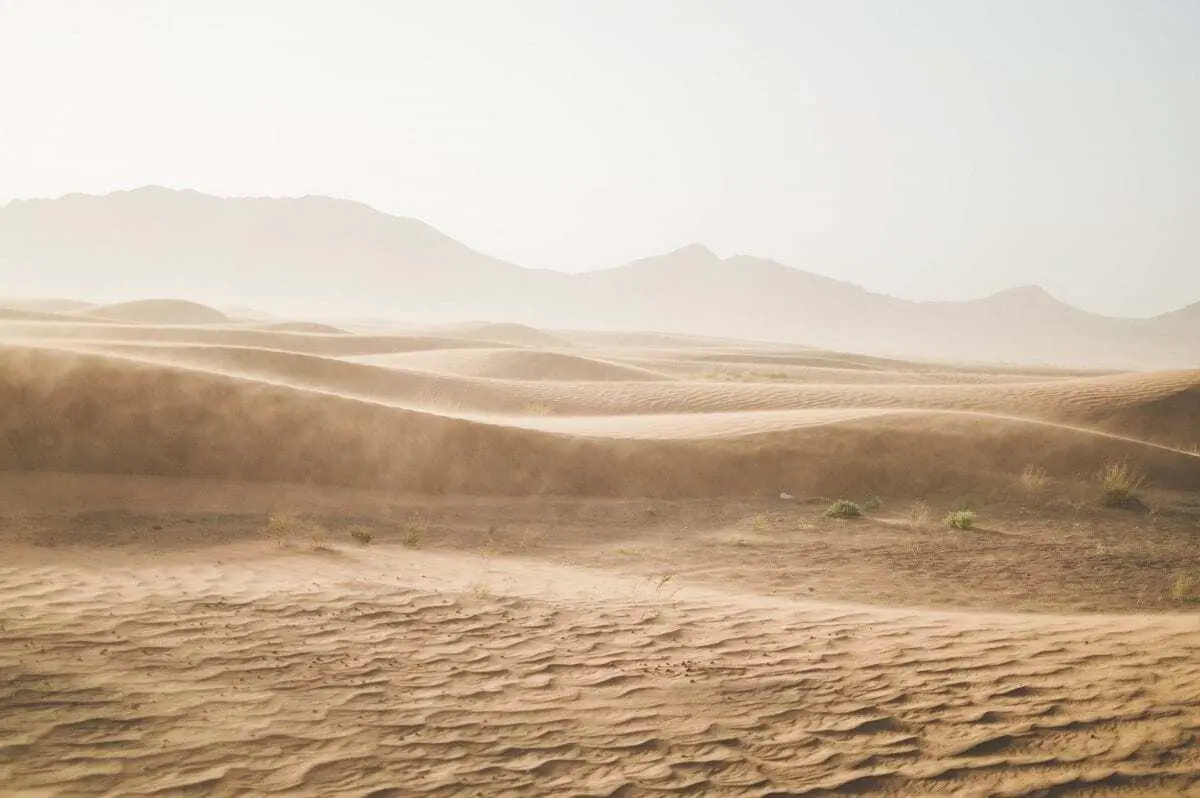A lost civilisation in Libya’s Saharah desert has been uncovered by archaeologists using satellite imagery.
Archaeologists using satellites and air-photographs to identify the remains in one of the most inhospitable parts of the desert, a British team has discovered more than 100 fortified farms and villages with castle-like structures and several towns, most dating between AD 1-500.
These “lost cities” were built by a little-known ancient civilisation called the Garamantes, whose lifestyle and culture was far more advanced and historically significant than the ancient sources suggested.
“It is like someone coming to England and suddenly discovering all the medieval castles. These settlements had been unremarked and unrecorded under the Gaddafi regime,” says the project leader David Mattingly FBA, Professor of Roman Archaeology at the University of Leicester.
“Satellite imagery has given us the ability to cover a large region. The evidence suggests that the climate has not changed over the years and we can see that this inhospitable landscape with zero rainfall was once very densely built up and cultivated. These are quite exceptional ancient landscapes, both in terms of the range of features and the quality of preservation,” says Dr Martin Sterry, also of the University of Leicester, who has been responsible for much of the image analysis and site interpretation.
The findings challenge a view dating back to Roman accounts that the Garamantes consisted of barbaric nomads and troublemakers on the edge of the Roman Empire.
“In fact, they were highly civilised, living in large-scale fortified settlements, predominantly as oasis farmers. It was an organised state with towns and villages, a written language and state of the art technologies. The Garamantes were pioneers in establishing oases and opening up Trans-Saharan trade,” Professor Mattingly said.
The professor and his team were forced to evacuate Libya in February when the anti-Gaddafi revolt started, but hope to be able to return to the field as soon as security is fully restored. The Libyan antiquities department, badly under-resourced under Gaddafi, is closely involved in the project. Funding for the research has come from the European Research Council who awarded Professor Mattingly an ERC Advanced Grant of nearly 2.5m euros, the Leverhulme Trust, the Society for Libyan Studies and the GeoEye Foundation.
“It is a new start for Libya’s antiquities service and a chance for the Libyan people to engage with their own long-suppressed history,” says Professor Mattingly.
“These represent the first towns in Libya that weren’t the colonial imposition of Mediterranean people such as the Greeks and Romans. The Garamantes should be central to what Libyan school children learn about their history and heritage.”
The European Research Council (ERC)





